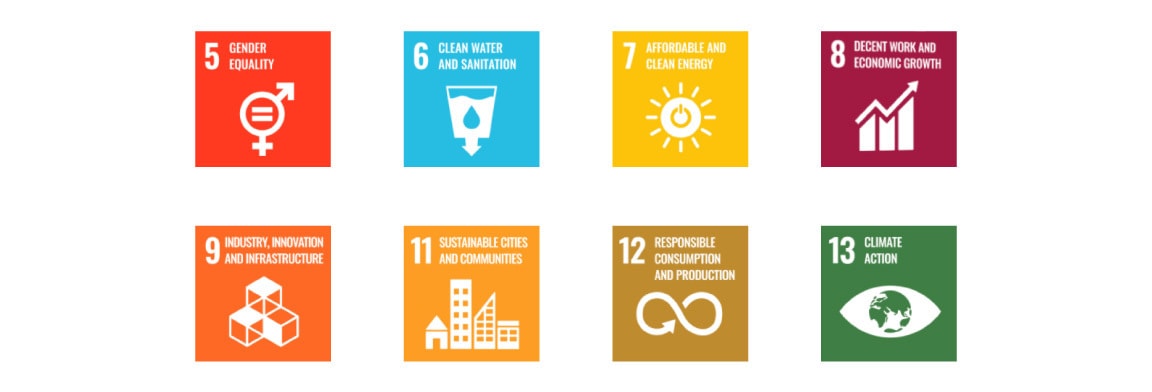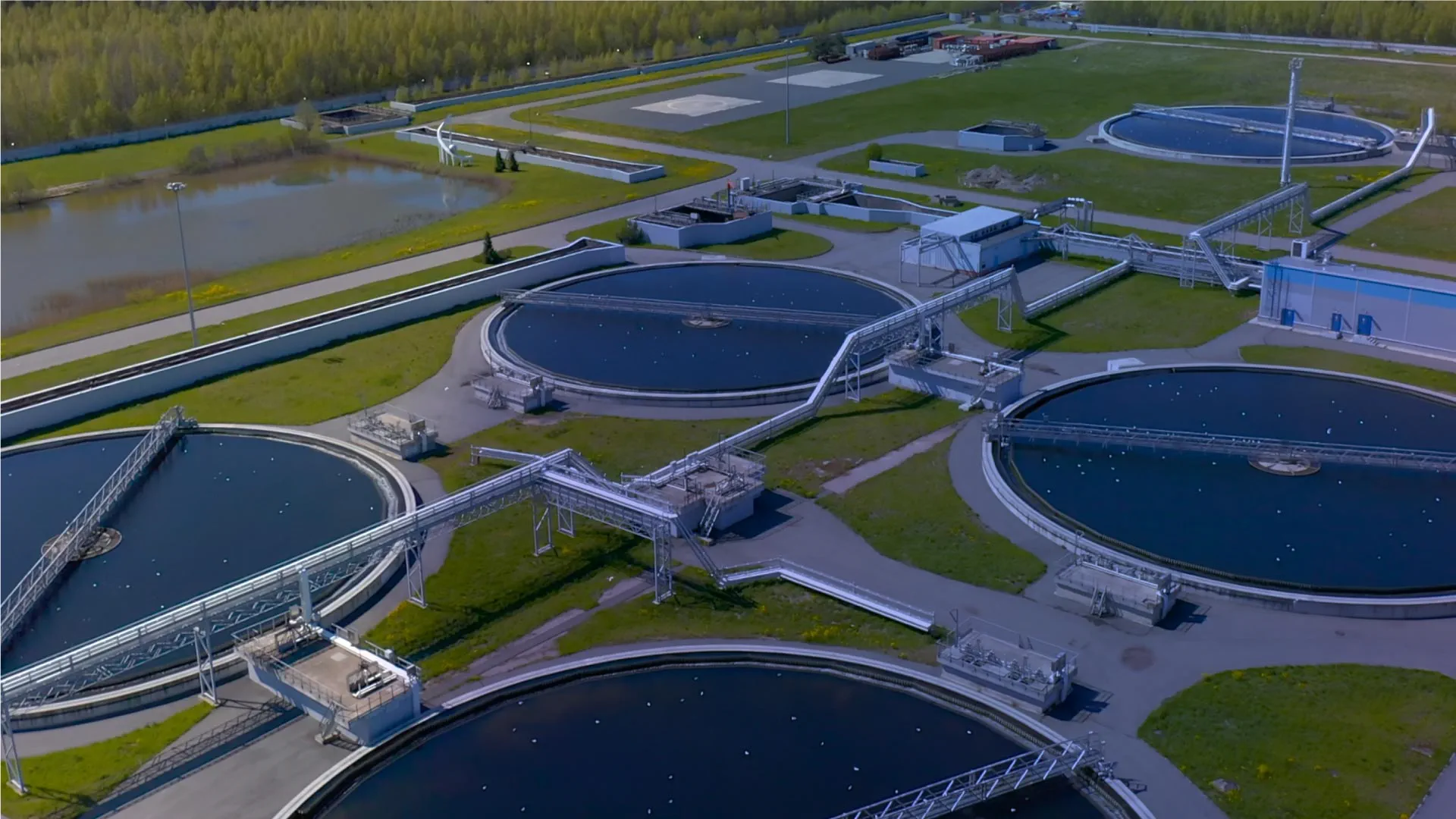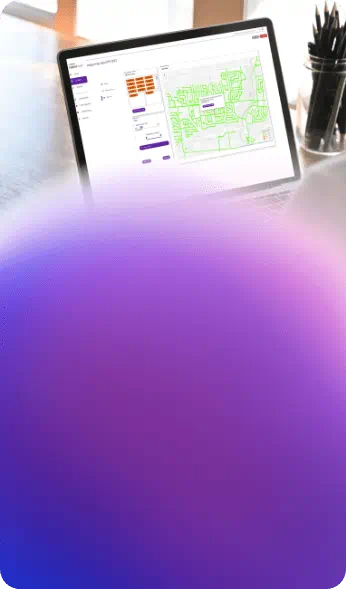"To survive - and succeed - in the post-COVID landscape, we cannot return to the pre-pandemic version of business-as-usual." Writes Mike Rose, Gen Chief of Strategy.
The second half of 2021 rolls in just as COVID vaccinations begin to roll out. For many businesses, this signals the start of annual planning season, with specific focus on post-pandemic recovery and figuring out how to operate in a new normal where digital systems have become indispensable parts of everyday life.
For organizations looking to reassess their goals and strategies, there are three key considerations that will help set you up for success in the post-COVID landscape:
First: digital working practices are necessary for the post-pandemic organization to set and achieve its goals.
Second: companies are now expected to embed and focus on sustainability in their operations.
And third: data and analytics are necessary for organizations to improve predictive maintenance and future-proof themselves.
So between the challenges of moving from largely traditional systems to fully digital processes, and the ongoing impacts of COVID-19, here’s how you can successfully navigate your digital transformation.
Key point 1: A new way of working
In the post-pandemic world, firms need to consider transitioning from primarily traditional methods and systems and adopting new, digital working practices that cover the entire asset lifecycle.
Two trends have emerged since the pandemic first forced the world into lockdown in early 2020. First, working remotely has exposed many inefficiencies in our conventional working system – highlighting areas where technology cannot truly replace human input and interaction. Second, companies now recognize that in order to become more future-proof, the long-term goal should be creating a connected landscape of cloud, mobile and internet of things to facilitate seamless, real-time coordination and a single source of truth for business data.
As you plan your business strategies for 2022, consider the benefits of adapting a hybrid way of working. When technology optimizes processes and empowers people, rather than replacing them, it becomes significantly easier and considerably more efficient to achieve business goals. The good news is that you won’t be alone in this endeavor. More and more leadership teams are embedding technology at the center of their strategy. While they recognize that this effort requires a careful, step-by-step approach that may involve overhauling entire systems and enduring potentially steep learning curves, the results will, undeniably, speak for themselves.
Something to bear in mind, however, is that understanding the importance of digital transformation is only half the battle. Several studies by the Boston Consulting Group found that while organizations largely understand the benefits and importance of digitalization and over 80% of companies make plans to accelerate their digital transformations, only 30% of these efforts are actually successful. Digital transformations are as powerful as they are difficult to achieve. As BCG reports, “delivering such fundamental change at scale in large, complex organizations is challenging, especially with short-term pressures.” When companies don’t have an aligned vision of what they hope to achieve or a benchmark with which to evaluate their journey, it becomes incredibly difficult, expensive and time-consuming to affect such a big, fundamental change.
So how do you even begin to deal with such a massive undertaking? What’s your first step?
You need to understand where you are to determine where you need to go. As utilities, it goes without saying that your asset management systems and processes should be among your top priorities to digitally transform. For this, you will need to gain a holistic, if high level, view of your current asset management maturity level to determine what improvements you need to make, where and when they need to be made, and who will be responsible. It’s critical that you start by understanding how effective your business processes, systems and people are at the moment so that you can plan for the future even better.
Arcadis Gen’s Global Asset Management Maturity Assessment is a new and simple tool designed to give you a quick, high-level view of your asset maturity, so you can to kickstart more comprehensive planning and auditing efforts. It features 13 questions that gives you an idea of what’s working well and what’s not for your organization and assets. Based on the score, the assessment can provide a maturity profile and overall responder ranking that can give crucial insights to guide your next steps.
Key point 2: Embedding sustainability
By 2019, climate change and sustainability have become key considerations for all businesses. The world recognizes that it must address climate change in this decade before it becomes too late, and businesses play a vital role in resolving this issue. As EY published in its 2020 report, How will ESG performance shape your future?, “98% of investors surveyed evaluated nonfinancial performance based on corporate disclosures, with 72% saying they conduct a structured, methodical evaluation. This is a major leap forward from the 32% who said they used a structured approach in 2018.”
Even speaking from a purely economic sense, aligning business goals to ESG principles is a good call. As Larry Fink pens in his 2021 letter to CEOs, “The evidence on climate risk is compelling investors to reassess core assumptions about modern finance. Research from a wide range of organizations... is deepening our understanding of how climate risk will impact both our physical world and the global system that finances economic growth.”
Across the globe, we’re seeing a marked increase in the demand for sustainable products and services at all levels, from investors to customers, regulators to retailers. And coming at the heels of the discovery that mere months of lockdown drastically improved global air quality, there is no more denying how vital it is to embed sustainability across all aspects of business operations.
Fortunately, everyone recognizes this concern. Governments and regulators now more actively prioritize organizations that take a customer-centric, environment-friendly approach to business , aligning investment proposals to clear social and environmental benefits. At its core, sustainability is about reducing the waste created and resources used, which naturally leads to the effective and optimal management of your assets, beginning from the planning stage until the time to upgrade, replace or decommission.
ESGs and benchmarking tools can help guide asset and investment decisions to steadily move away from unsustainable, environmentally harmful operations and move towards carbon neutrality and a greener future. In Europe, the European Union’s Green Deal Taxonomy defines sustainable economic activities aligned with the EU’s environmental objectives that puts green growth at its heart, promoting environmental protection and innovation, which help create news business and employment opportunities. By baselining economic activities that are considered environmentally sustainable, the EU’s Taxonomy Regulation can guide your investment and asset management decisions as to which systems to keep, improve, or altogether replace with respect to rigorous environmental standards set by some of the most meticulous systems in the world.
From an asset management perspective, there is also ISO 55000 and the Institute of Asset Management (IAM) whose asset management maturity framework provides businesses with a greater understanding of achieving their vision, and served as a benchmarking tool for Gen’s asset management maturity assessment. Arcadis Gen can verify how the principles of asset management and ISO 55000 converge to deliver results quicker for asset-intensive organizations through:
- the promotion of a robust environment of economic growth benefit from getting the most out of their physical assets;
- the reduction in barriers to cross-organizational collaboration through common language, facilitating better knowledge transfer and sharing of best practices; and
- meeting the growing need to ensure responsible consumption of energy and water assets across all levels
Finally, there is also the United Nations Sustainable Development Goals. These 17 objectives serve as the blueprint for a more sustainable future for everyone, addressing the biggest barriers to global progress and improved quality of life including poverty, climate change, environmental degradation and prosperity. And from an asset management angle, ISO 55001 most closely aligns with the following SDGs:
Gen’s Global Asset Management Maturity Assessment can likewise help you set benchmarks to guide your sustainability efforts. Of the guide questions in the questionnaire, there are a number designed to extract information on how sustainable your organizations at the moment, and what efforts need to be done to maintain or improve this situation as needed.
Key Point 3: Harnessing the power of your data
With dwindling resources, heightening competition, and the urgent need to prioritize cost effectiveness, it’s clear that effectively using data and analytics is necessary to improve predictive maintenance. Digital technologies and systems can significantly leverage organizations’ abilities to predict and prepare for future issues, potentially saving the company three times what it may have lost to emergency maintenance.
Targeted analysis is key to energize your digital asset management transformation. Through improved planning, you can keep your assets and resources safe and ensure that any repair and maintenance work is completed long before failure begins to show. With benchmarks, either against similar competitors or across your own facilities, you can focus and optimize maintenance schedules.
Our Global Asset Management Maturity Assessment lets organizations benchmark your current asset management efforts across multiple categories including planning, decision-making, leadership, reliability, engagement and risk and resilience. Once you determine your asset maturity assessment score, you can compare your overall results with other organizations who have taken it and see how well you rank, where things can be improved, and where best practices should be retained or scaled up.
Conclusion
The case for change is clear.
To survive – and succeed – in the post-COVID landscape, we cannot return to the pre-pandemic version of business-as-usual. The key to success is focusing on a clear vision and understanding the practical steps needed to get there as determined by careful and comprehensive benchmarking. It begins by measuring your current performance, figuring out the “where you are” to guide the “where you want to go”, keeping careful track over time through progress and setbacks, and always comparing your performance to these pre-determined metrics to see how close you are to your desired future state. Using standard frameworks like ISO 55000, EU Green Deal Taxonomy, and the Sustainable Development Goals can accelerate this process of goal-setting and goal-getting.
For those at the very beginning of their journey, a high-level benchmark that gives you snapshot of your future state, compared to your current performance, can kickstart your digital transformation efforts. This is precisely what we have developed with the Global Asset Management Maturity Assessment – a fast asset management maturity assessment diagnostic, specifically designed to give beginners clear directions to their first steps.
Start boosting your asset management approach, process, or solution. Take the assessment today and take the first step towards transforming your business.
Did you find this information useful?
Did you find this information useful?
Thank you for your feedback!

 Back
Back













